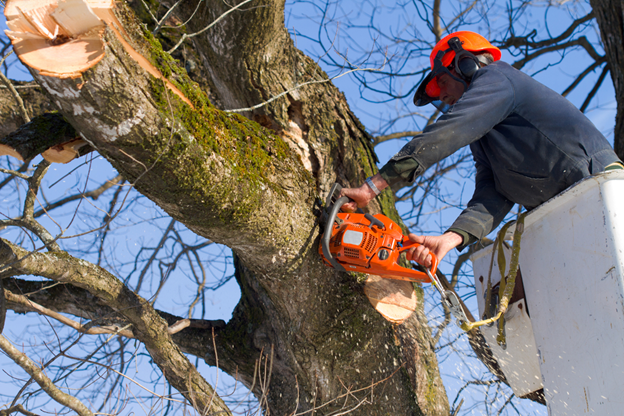Trees are a beautiful and essential part of our environment. They provide shade, improve air quality, and add aesthetic value to our properties. However, managing trees, especially in residential areas, can sometimes be challenging.
Two common tree maintenance practices are tree trimming and tree removal. Deciding between these two options can be tough, but understanding the differences and benefits of each can help you make an informed choice.
Benefits of Tree Trimming
- Promotes Healthy Growth: Regular residential tree trimming helps remove dead or diseased branches, allowing the tree to focus its energy on healthy growth. This can extend the lifespan of the tree.
- Improves Safety: Overgrown branches can pose a risk to your property and loved ones. Trimming reduces the chances of branches falling during storms or strong winds.
- Enhances Aesthetics: A well-trimmed tree looks neat and enhances the overall appearance of your property. It can also increase your property value.
When to Consider Tree Trimming
Tree trimming is ideal for maintaining the health and safety of your trees. If you notice overgrown branches, deadwood, or if your tree is looking unruly, it’s time to consider trimming. Residential tree trimming should be done regularly, at least once a year, to keep your trees in top shape.
When Tree Removal is Necessary
- Diseased or Dying Trees: If a tree is severely diseased or dying, removal might be the only option to prevent the disease from spreading to other trees.
- Safety Hazards: Trees that are leaning dangerously close to structures or power lines need to be removed to prevent accidents.
- Root Problems: Trees with invasive root systems can damage foundations, driveways, and underground utilities. In such cases, tree removal is essential to prevent further damage.
The Process of Tree Removal
Tree removal is a complex process that should be done by professionals. It involves careful planning to ensure safety and minimize damage to surrounding areas. Professionals will assess the tree, plan the removal, and use specialized equipment to cut down and remove the tree safely.
Tree Trimming vs. Tree Removal: Making the Decision
Deciding between tree trimming and tree removal depends on the condition of the tree and your specific needs. Here are some tips to help you make the right choice:
- Assess the Tree’s Health: A healthy tree with overgrown branches is a good candidate for trimming. However, if the tree is diseased or dying, removal might be necessary.
- Consider Safety: If the tree poses a safety risk, such as leaning dangerously or having weak branches, removal is often the safer option.
- Think Long-Term: Consider the long-term impact of keeping or removing the tree. Will trimming solve the problem, or will the tree continue to pose issues in the future?
Conclusion
Both tree trimming and tree removal are essential practices for maintaining the beauty and safety of your property. While trimming promotes healthy growth and enhances the appearance of your trees, removal is sometimes necessary for safety and practical reasons.
By understanding the benefits and appropriate situations for each, you can make informed decisions that ensure the health and safety of your trees and property.







